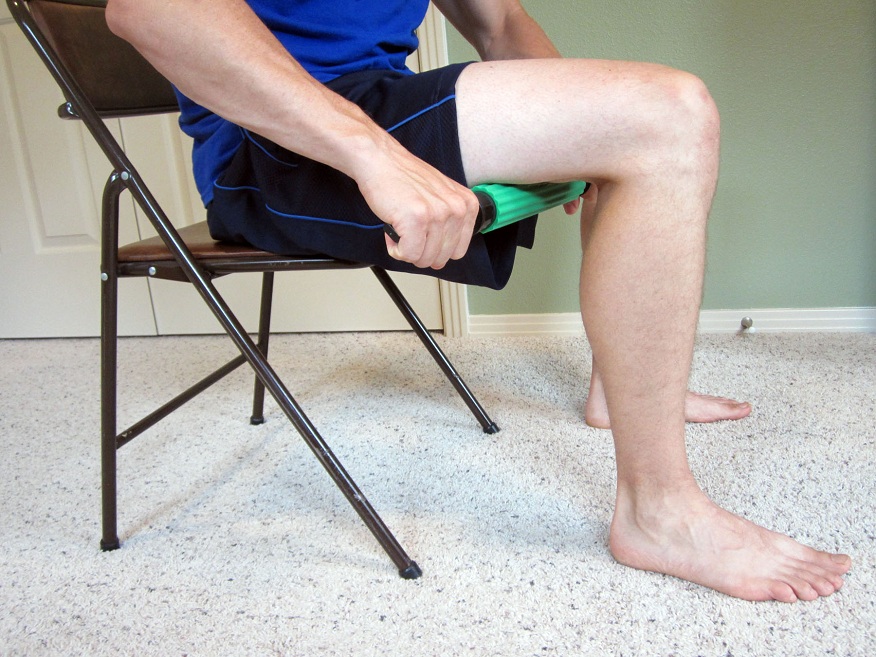A hamstring injury entails a pulling or straining of hamstring muscles and is common in athletes and people who sprint often. The main signs of a hamstring injury are pains and aches in the back of your legs, and you should contact your doctor immediately.
The leading cause of hamstring injury is muscle overload. Tenderness and swelling happen after a few hours, while others experience a change in skin color. Mild hamstrings can be easily treated at home, but you should immediately contact a doctor when the pain persists.
Below we discuss the leading causes of hamstring injury.
Muscle Fatigue
Muscle fatigue is the leading cause of hamstring injury. Muscle exhaustion makes you weak and lowers your endurance and power, thus making you more prone to injury. The leading causes of muscle fatigue are over-stretching and overexertion. Fortunately, you can easily reach a doctor for a proximal hamstring repair from the comfort of your home.
Improper Warm Up
Another common cause of hamstring injuries is improper or no warm-up. Like all muscles, failure to warm up the hamstring muscles before use puts you at risk of a muscle pull. Remember, cold muscles are less pliable and elastic than warm muscles when exercising.
Proper warm-up before working out warms the muscle tissue and improves blood flow. This, in turn, makes the hip flexors and hamstrings ready and more flexible for an activity with minimal chances of injury.
However, you should avoid doing too much, especially in cold weather, as it increases your chances of a hamstring.
Improper Training
Another leading cause of hamstring injuries is using poor technique and equipment. Improper training will tire you in the initial workout stage, thus putting your body at high risk. Muscle imbalances occur from improper training, increasing your chances of a hamstring.
How to Treat Pulled Hamstrings
Hamstring injuries are common among sportspersons, and you can consider the following tips when treating them;
Rest the Leg
Treatment should begin immediately after you diagnose a pulled hamstring. However, treatment is determined by the strain’s severity. Fortunately, grade 2 and 1 hamstrings heal naturally, provided you give them enough time.
Avoiding any sports activity that might put your legs at higher risk is also advisable. The leg should also be placed on a pillow to facilitate fast healing.
Apply Ice Packs
Another way to treat hamstrings is by applying ice packs, which reduce swelling and pain. The ice packs should be used for at least twenty minutes after the first hamstring until the pain is gone.
Use Compressive Bandages
Compressive bandages are the most effective way to prevent swelling. Hamstring patients should wrap their legs using elastic bandages to reduce swelling and regulate the bleeding.
Take Medication
A pulled hamstring results in a sharp pain in the thighs, which might prevent you from walking correctly. The tenderness and swelling also cause significant pain, explaining why you should take the right medicine.
Most medications are provided over the counter and are effective when treating a proximal hamstring repair.
Final Thoughts
Hamstring injuries are common among athletes, and the above article has discussed how to treat them. Reach out for more information.

